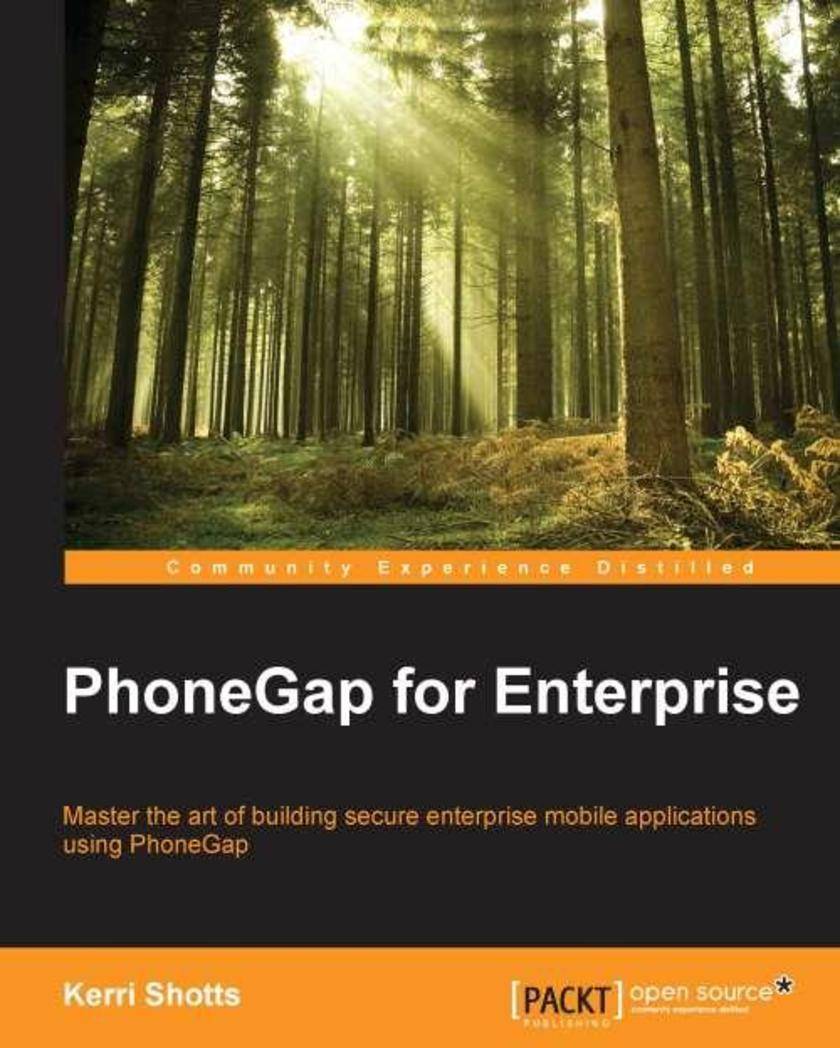
PhoneGap for Enterprise
¥54.49
This book is intended for developers who wish to use PhoneGap to develop useful, rich, secure mobile applications for their enterprise environment. The book assumes you have working knowledge of PhoneGap, HTML5, CSS3, and JavaScript, and a reasonable understanding of networking and n-tier architectures.
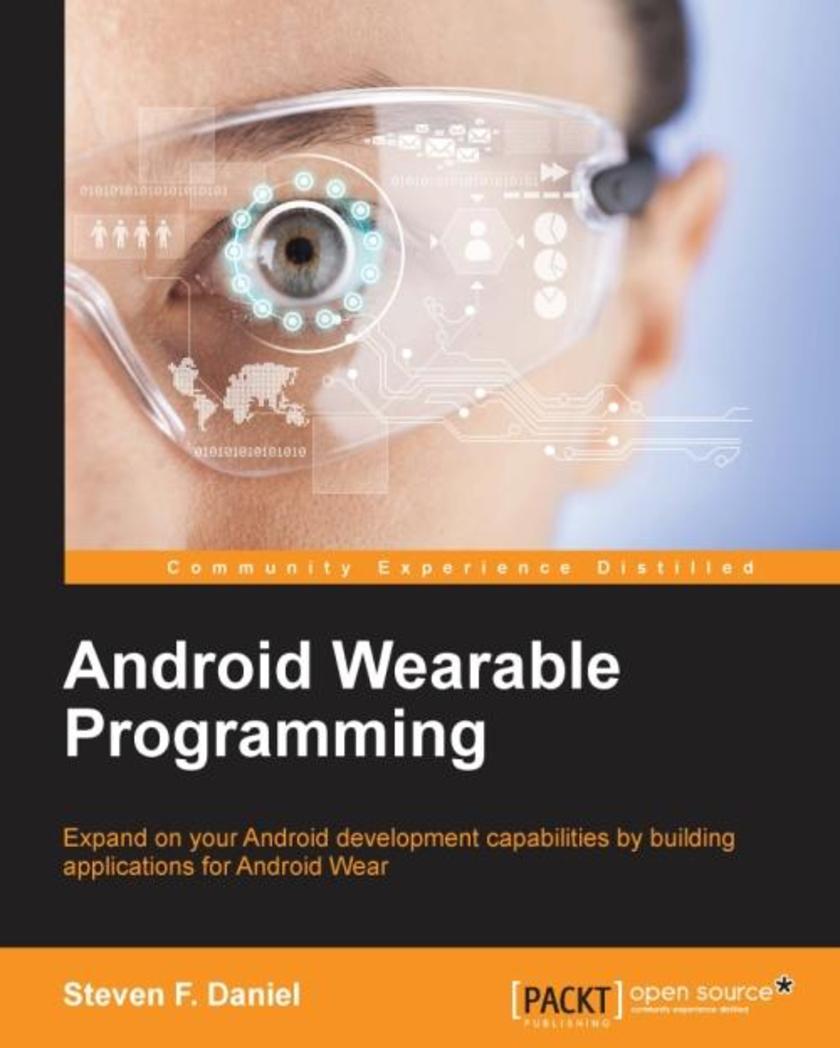
Android Wearable Programming
¥54.49
If you are an Android developer who wants to learn how to build applications for the Android Wear platform, then this is the book for you. This book only requires a basic knowledge of Android programming. Familiarity with development IDEs such as Android Studio, IntelliJ IDEA, or Eclipse will be helpful.

Learning Single-page Web Application Development
¥80.65
This book is aimed at web developers who are familiar with frontend technologies like JavaScript, HTML, and CSS, and modern tools like Bower, Yeoman, and Grunt.
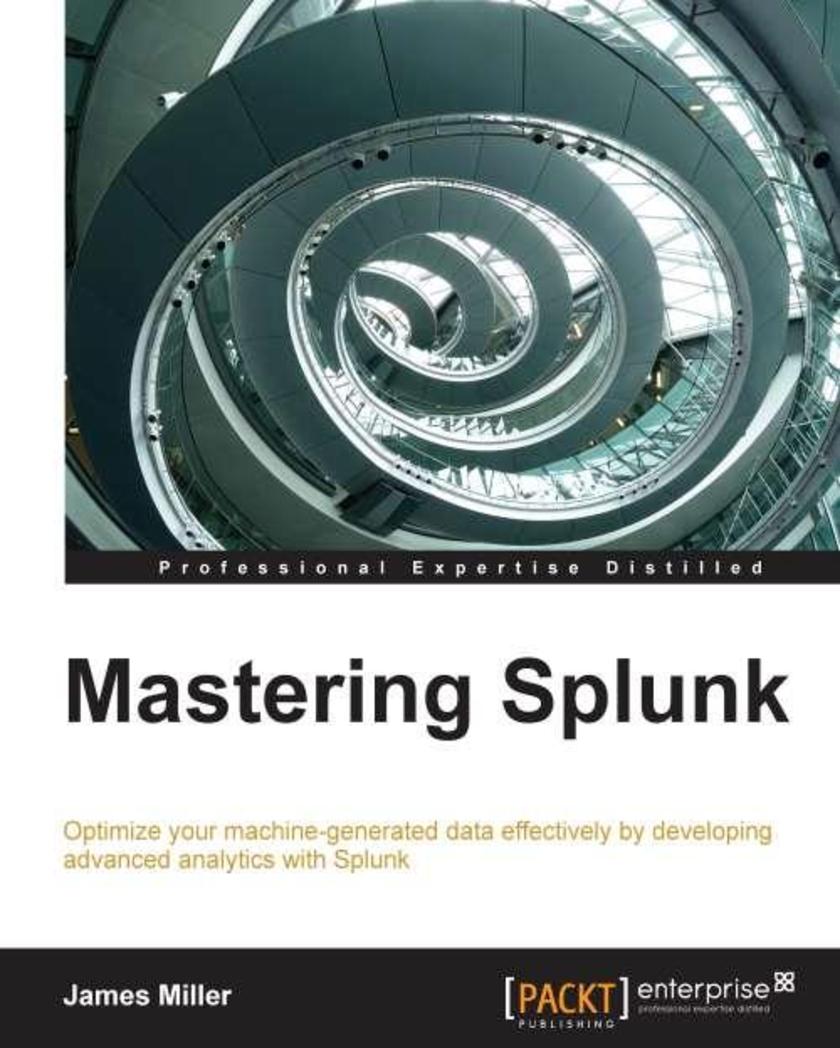
Mastering Splunk
¥90.46
This book is for those Splunk developers who want to learn advanced strategies to deal with big data from an enterprise architectural perspective. You need to have good working knowledge of Splunk.
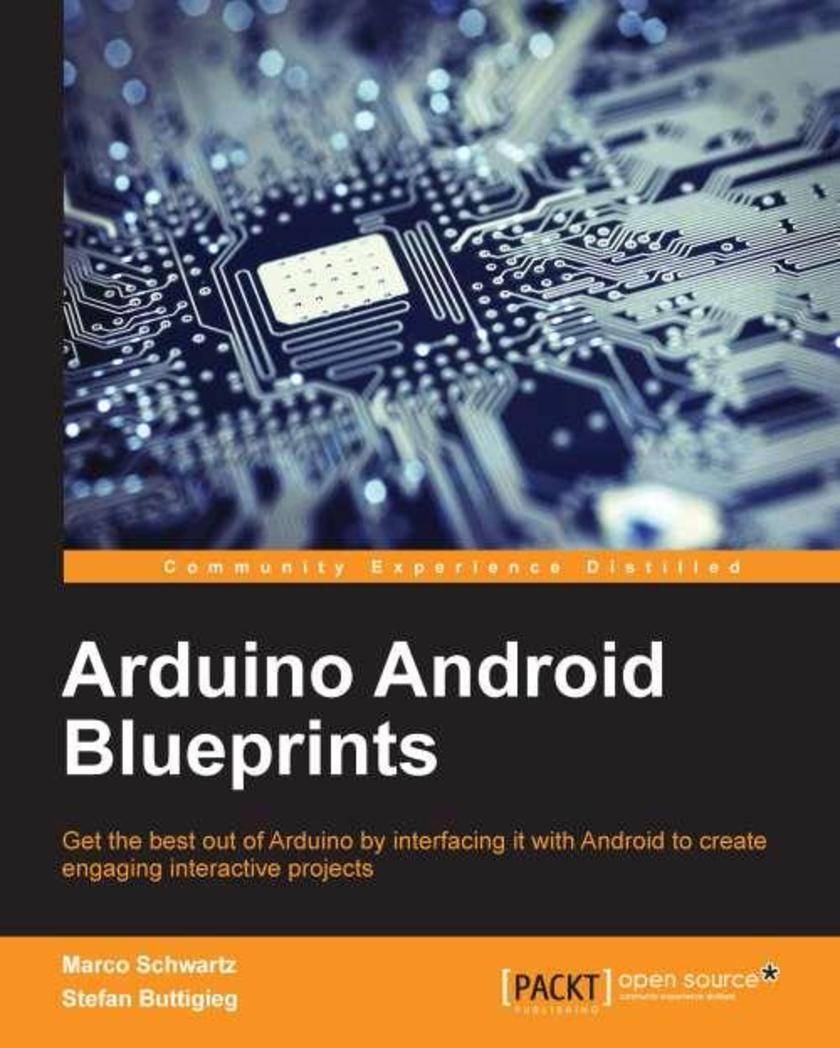
Arduino Android Blueprints
¥80.65
This book is for those who want to learn how to build exciting Arduino projects by interfacing it with Android. You will need to have some basic experience in electronics and programming. However, you don't need to have any previous experience with the Arduino or Android platforms.

Tizen Cookbook
¥80.65
If you want to enter the fascinating world of Tizen and learn how to develop engaging and successful applications then this book is for you. It'll benefit novices and experienced application developers alike.
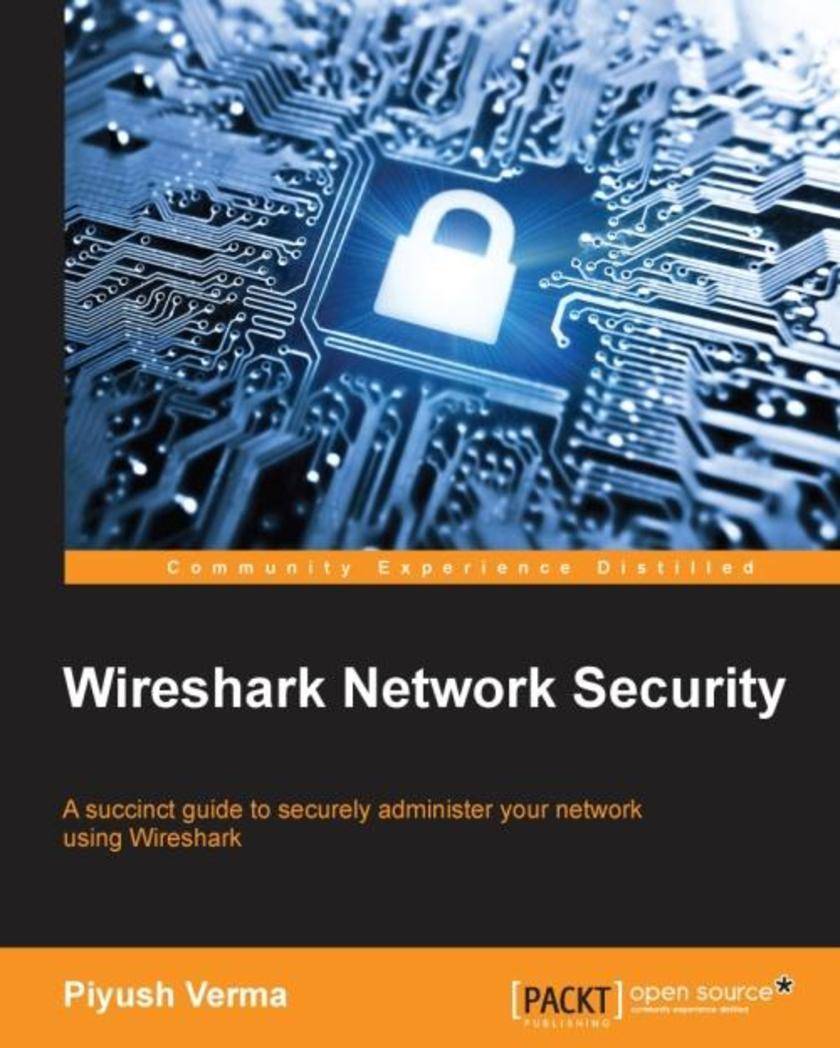
Wireshark Network Security
¥71.93
If you are network administrator or a security analyst with an interest in using Wireshark for security analysis, then this is the book for you. Basic familiarity with common network and application services terms and technologies is assumed.
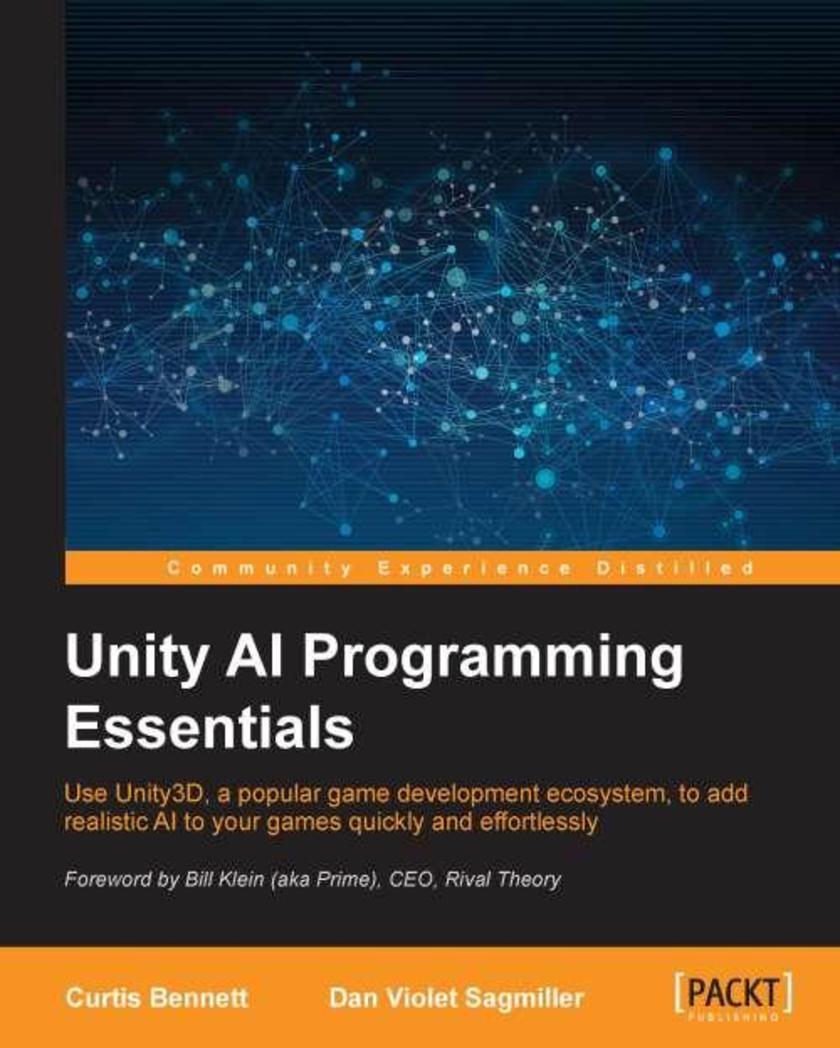
Unity AI Programming Essentials
¥54.49
This book is aimed at developers who know the basics of game development with Unity and want to learn how to add AI to their games. You do not need any previous AI knowledge; this book will explain all the essential AI concepts and show you how to add and use them in your games.
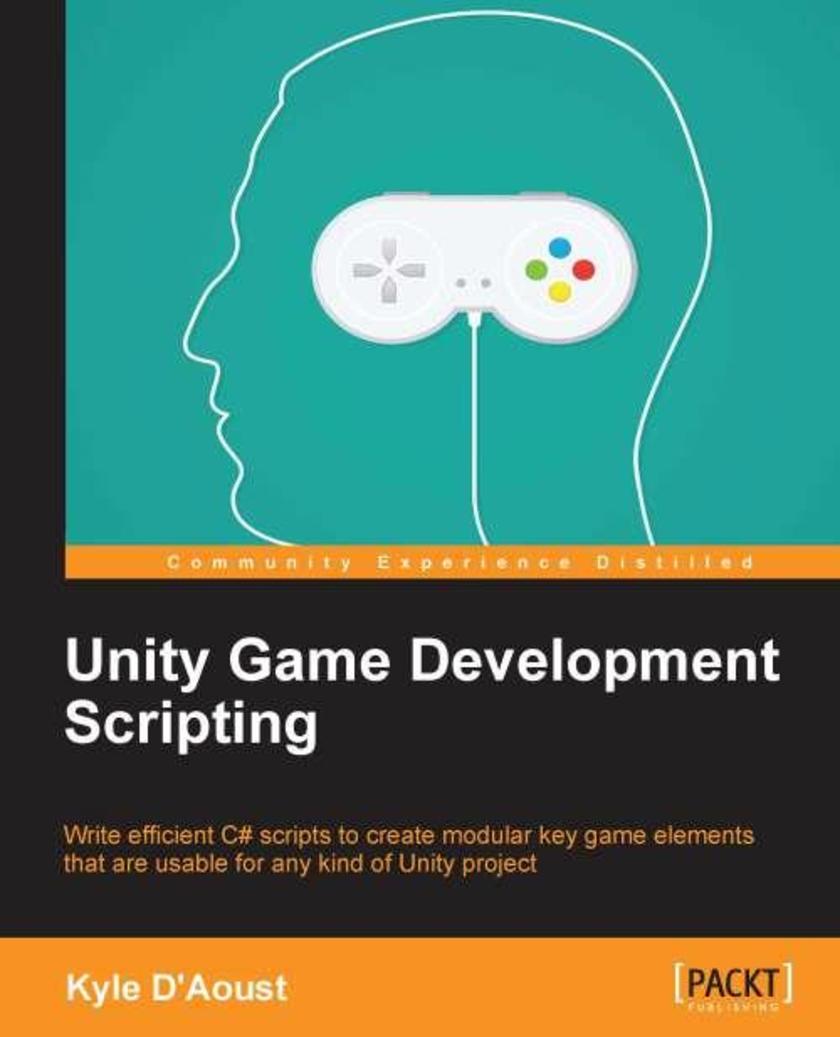
Unity Game Development Scripting
¥80.65
If you are new to Unity *ing and want to learn simple and modular code and advance your knowledge to the next level, this is the book for you.
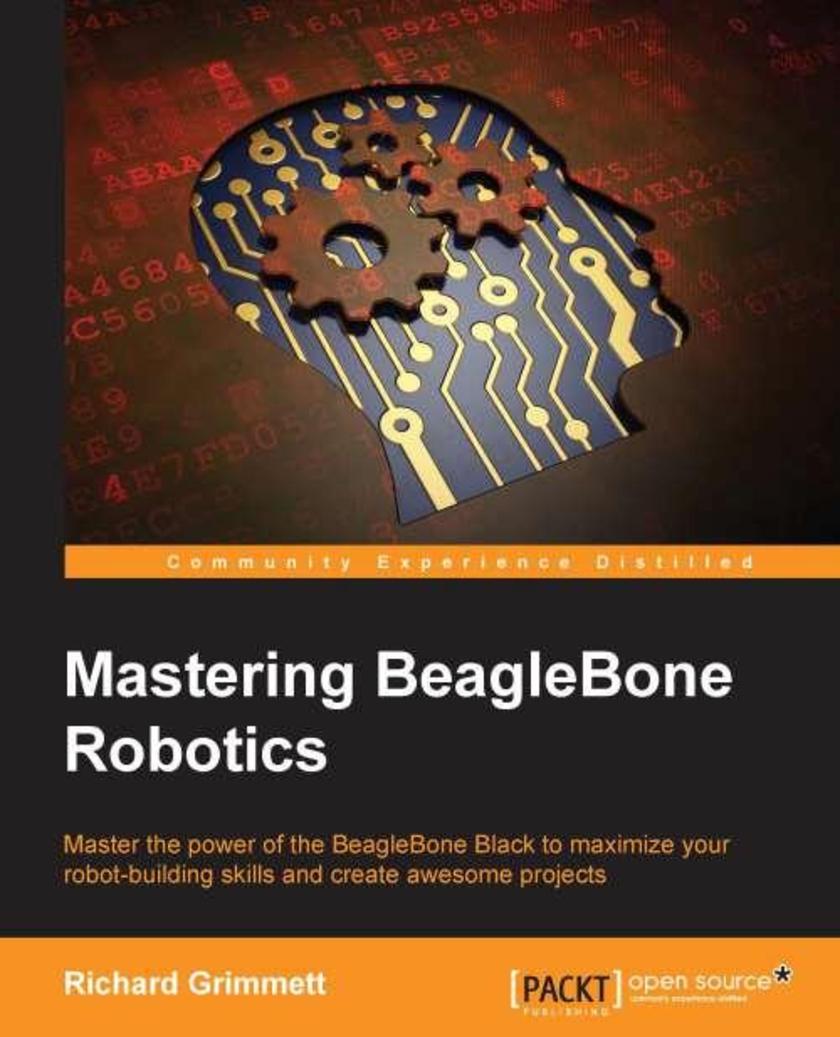
Mastering BeagleBone Robotics
¥80.65
If you want a simple guide to building complex robots, then this book is for you. You'll need some programming knowledge and experience working with mechanical systems.
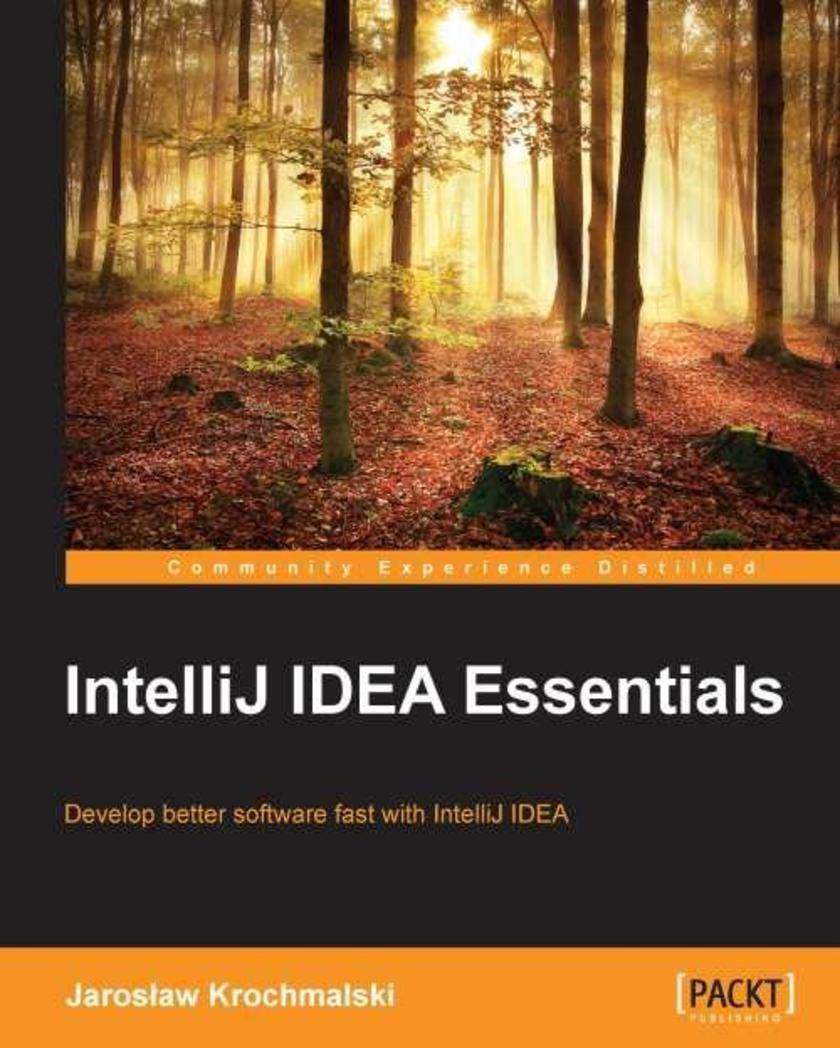
IntelliJ IDEA Essentials
¥80.65
This book is for developers who want to work smarter so they can focus their efforts on the details that will give them the advantage. This book is tailor-made for developers who want to move from NetBeans and Eclipse to experience the power and functionality of IntelliJ IDEA.
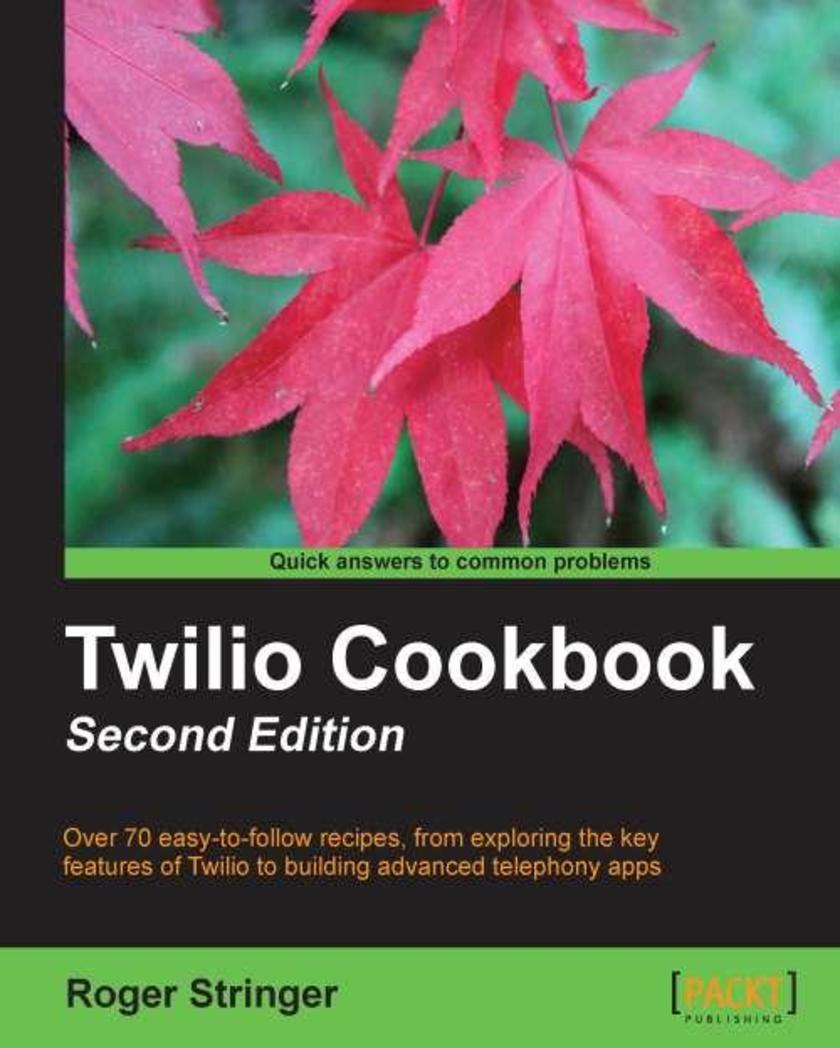
Twilio Cookbook Second Edition
¥90.46
This book is a practical, handson guide that provides the reader with a number of clear, stepbystep bitesize recipes. If you are a developer and want to learn about integrating Twilio's API into your websites for telephone solutions, then this book is for you. Basic knowledge of PHP and MySQL is expected.
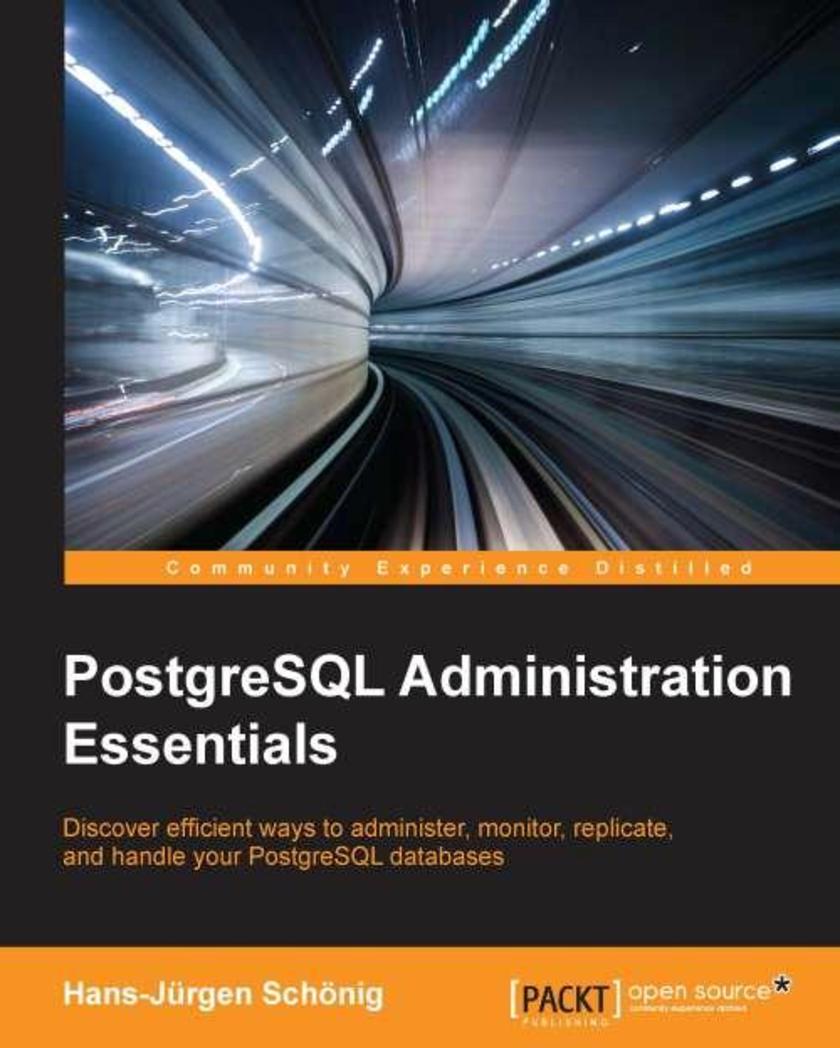
PostgreSQL Administration Essentials
¥50.13
If you are a database administrator who needs to get to grips with PostgreSQL quickly and efficiently, then this book is for you. This book will also be highly beneficial if you are a project leader or a developer who is interested in knowing more about database systems or bottleneck detection, as it will enable you to work more closely and cooperatively with your administrators.
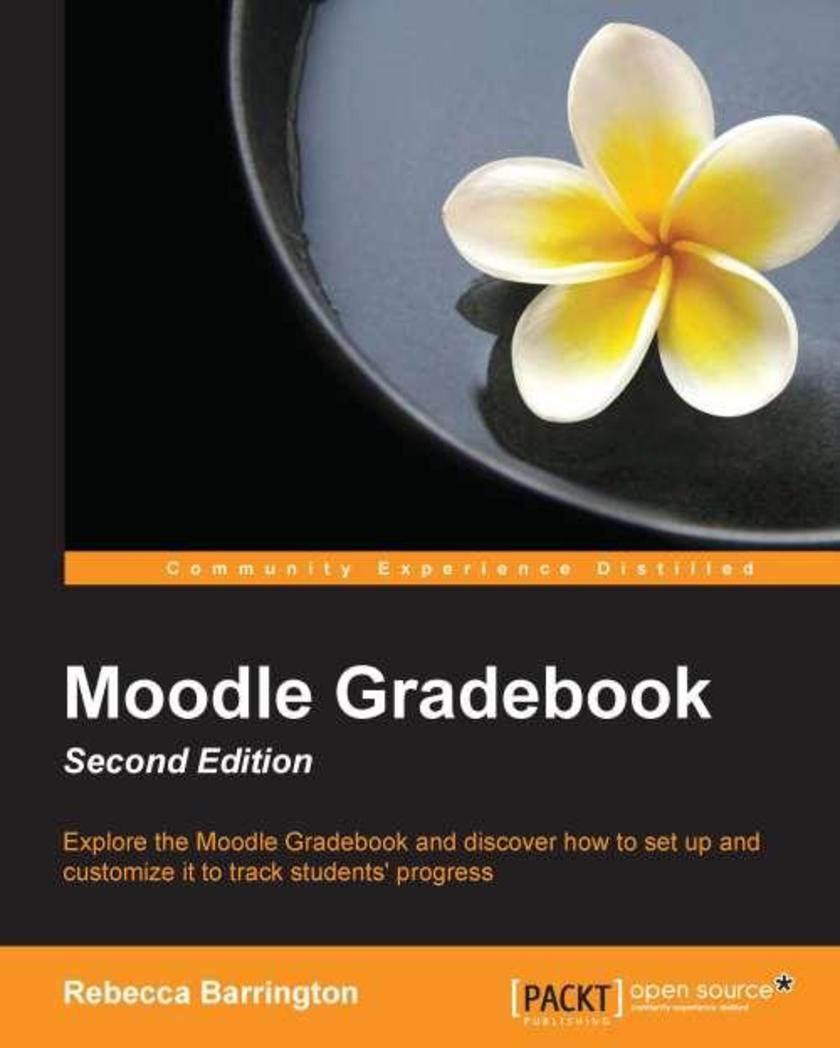
Moodle Gradebook - Second Edition
¥54.49
This book is for teachers and administrators who have experience with Moodle. Basic knowledge of Moodle 2.x will be required, but no prior knowledge of grade functions is needed. This book will help you utilize the full functionality of Version 2.7.
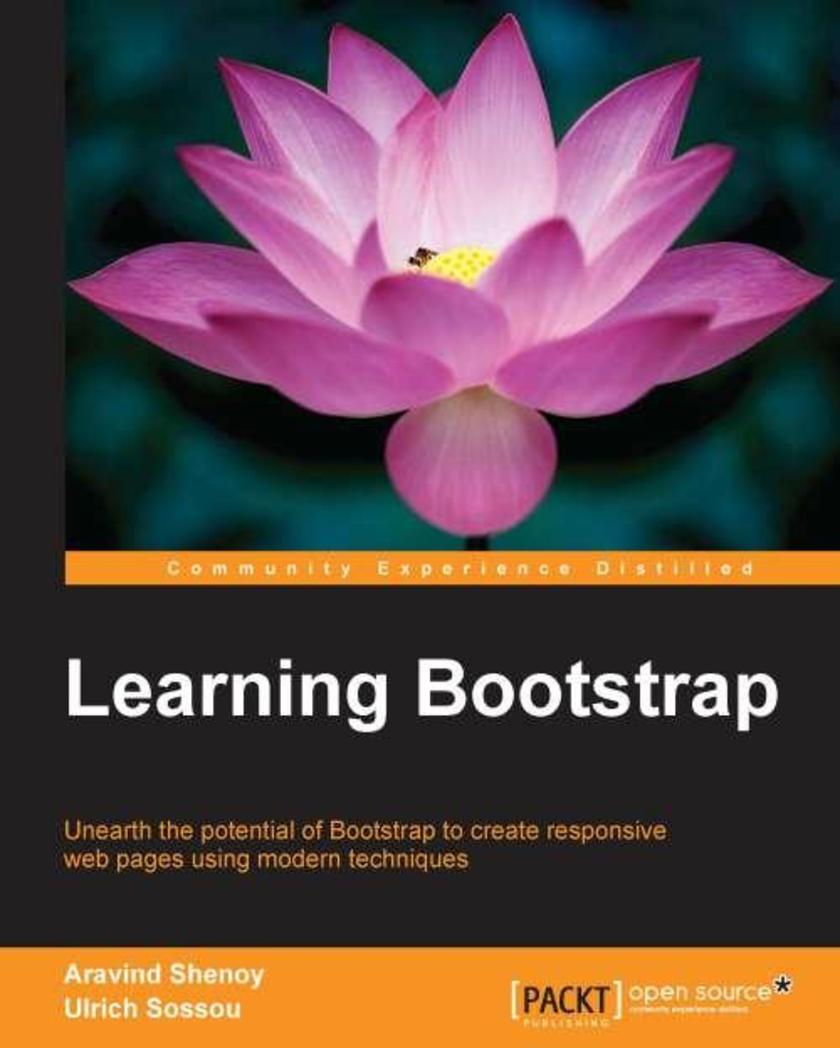
Learning Bootstrap
¥80.65
If you want to learn to build enterprise-level websites efficiently with Bootstrap, this book is for you. You must have a basic and fundamental understanding of HTML, CSS, and JavaScript; however, there is no need to have prior Bootstrap experience.
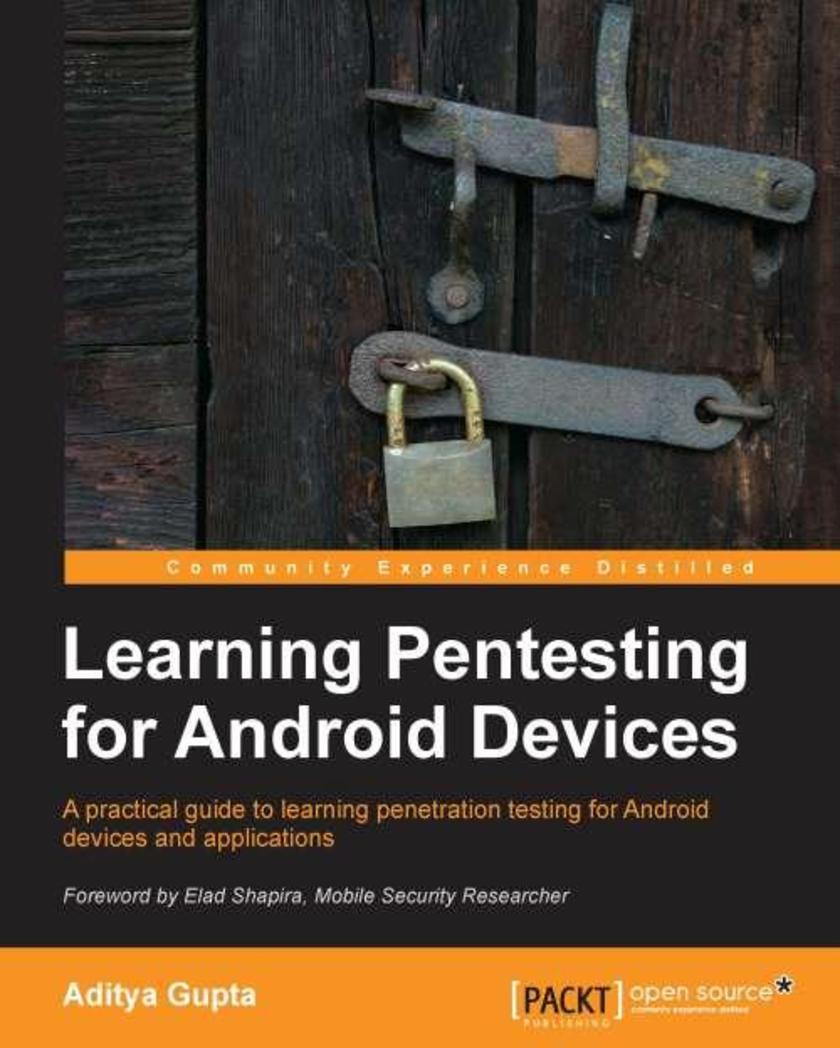
Learning Pentesting for Android
¥54.49
This is an easytofollow guide, full of handson and realworld examples of applications. Each of the vulnerabilities discussed in the book is accompanied with the practical approach to the vulnerability, and the underlying security issue. This book is intended for all those who are looking to get started in Android security or Android application penetration testing. You don’t need to be an Android developer to learn from this book, but it is highly recommended that developers have some experience in order to learn how to create secure applications for Android.

Instant Silverlight 5 Animation
¥41.41
This book is written in simple, easy to understand format with lots of screenshots and step-by-step explanations. If you are a developer looking forward to create great user experience for your Silverlight applications with cool animations or create Silverlight banner ads, then this is the guide for you. It is assumed that the readers have some previous exposure to Silverlight or WPF.
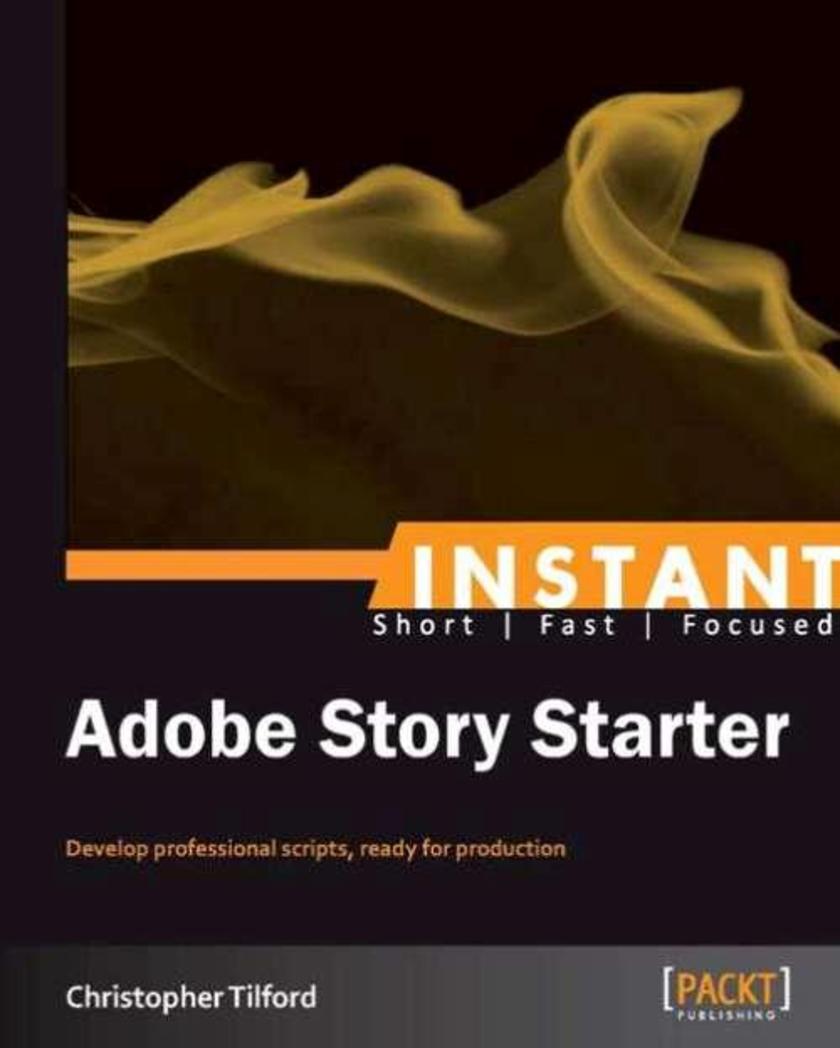
Instant Adobe Story Starter
¥35.96
Get to grips with a new technology, understand what it is and what it can do for you, and then get to work with the most important features and tasks. If you're keen to get started writing your own *s, then you should be able to pick up this essential guide and get creative right away! No prior experience is required, as this is open to all skill levels. If you've always wanted to write *s for a variety of different creative mediums like film and television, but are unsure of what the industry is looking for when it comes to formatting requirements, then this book is for you.
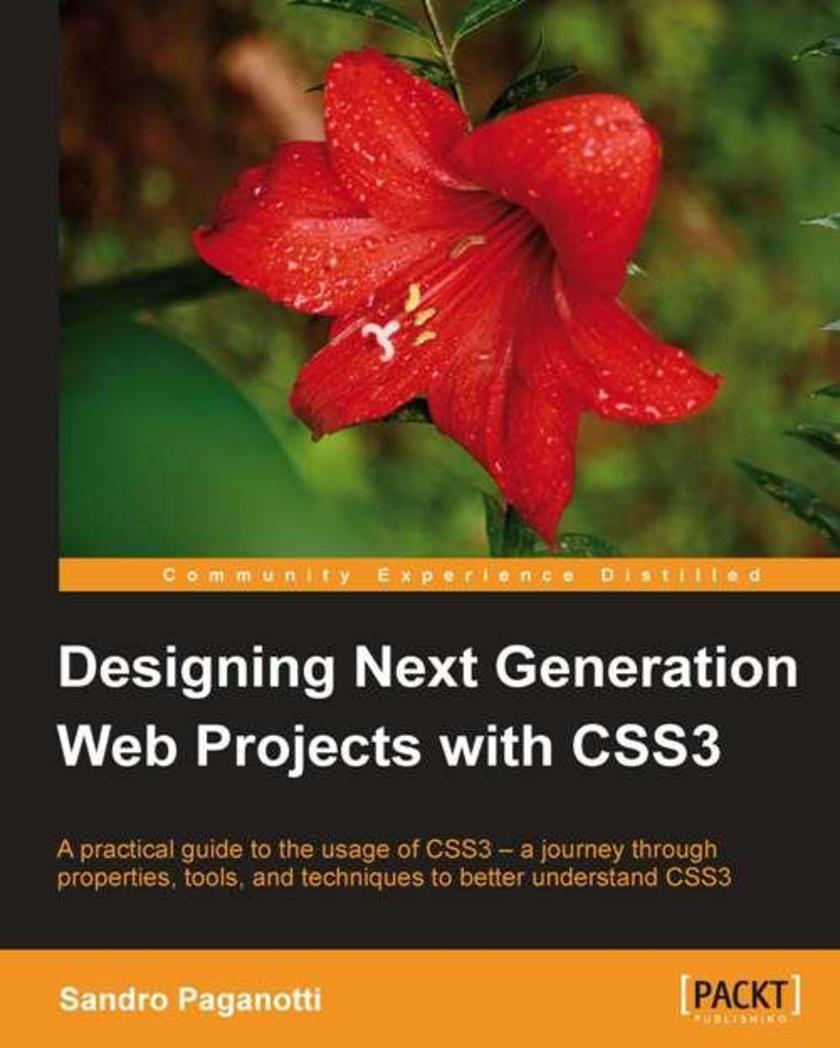
Designing Next Generation Web Projects with CSS3
¥80.65
This book is designed for you if you are a frontend web developer; it requires a solid knowledge of CSS syntax and of the most common CSS2 properties and selectors.
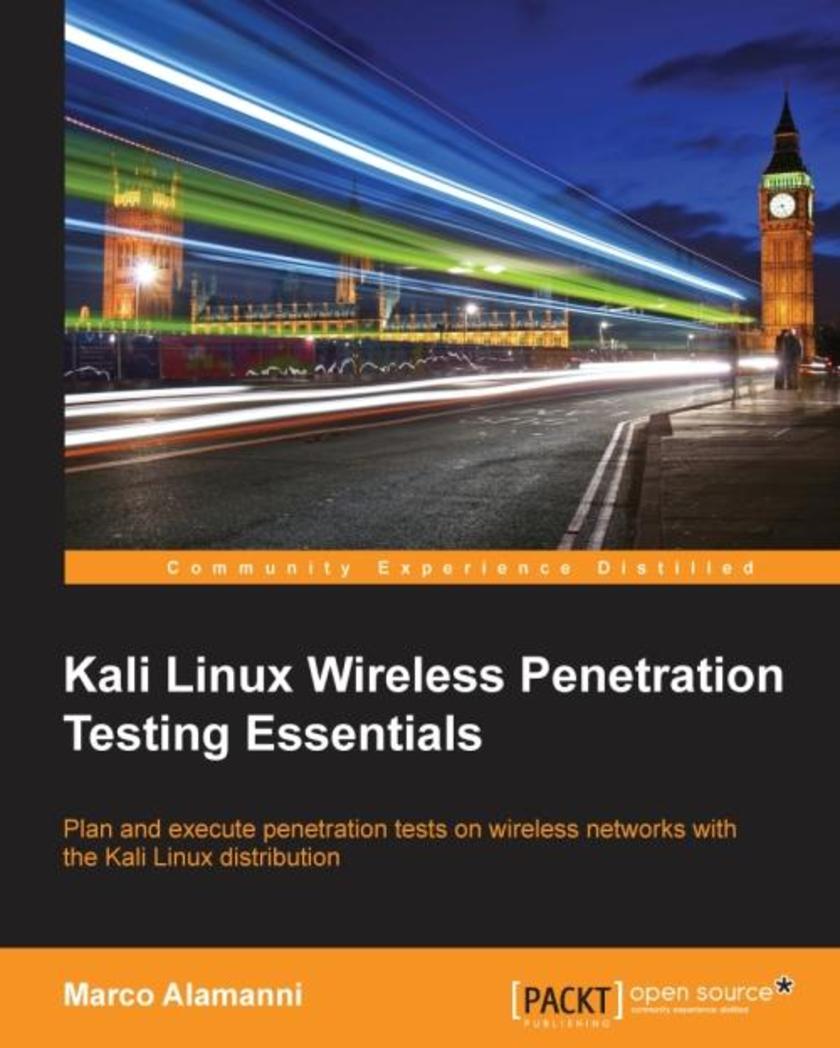
Kali Linux Wireless Penetration Testing Essentials
¥63.21
This book is targeted at information security professionals, penetration testers and network/system administrators who want to get started with wireless penetration testing. No prior experience with Kali Linux and wireless penetration testing is required, but familiarity with Linux and basic networking concepts is recommended.
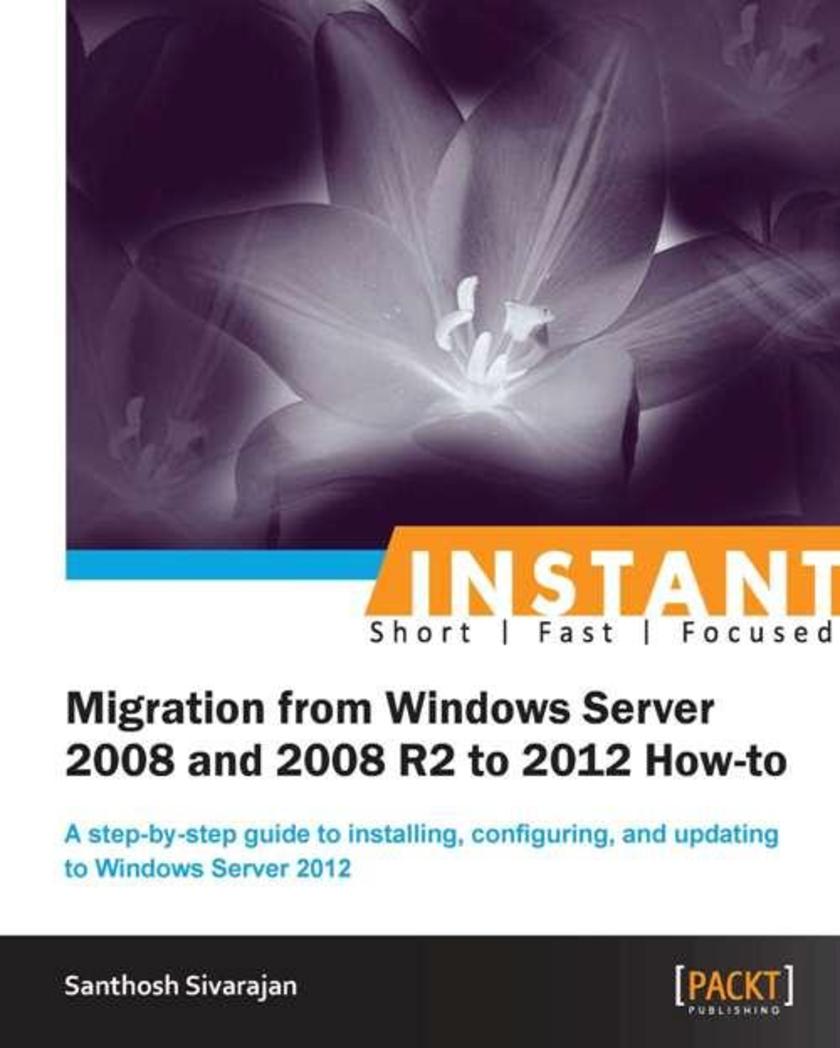
Instant Migration from Windows Server 2008 and 2008 R2 to 2012 How-to
¥50.13
Filled with practical, step-by-step instructions and clear explanations for the most important and useful tasks. Get the job done and learn as you go. Presented in a hands-on reference manual style, with real-world scenarios to lead you through each process. This book is intended for Windows server administrators who are performing migrations from their existing Windows Server 2008 / 2008 R2 environment to Windows Server 2012. The reader must be familiar with Windows Server 2008.




 购物车
购物车 个人中心
个人中心



